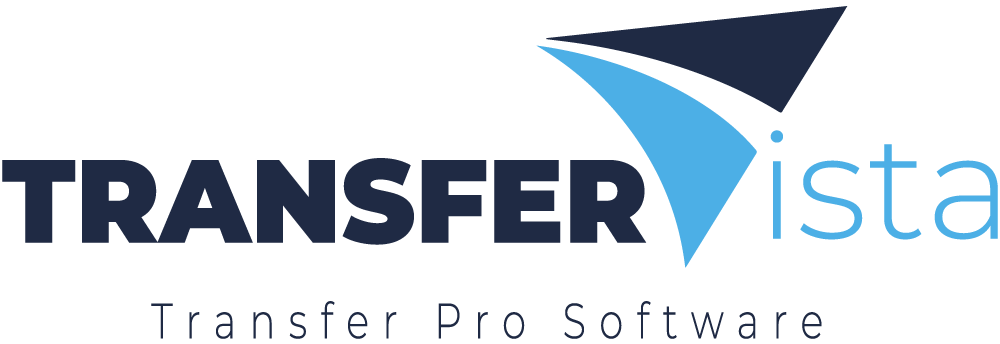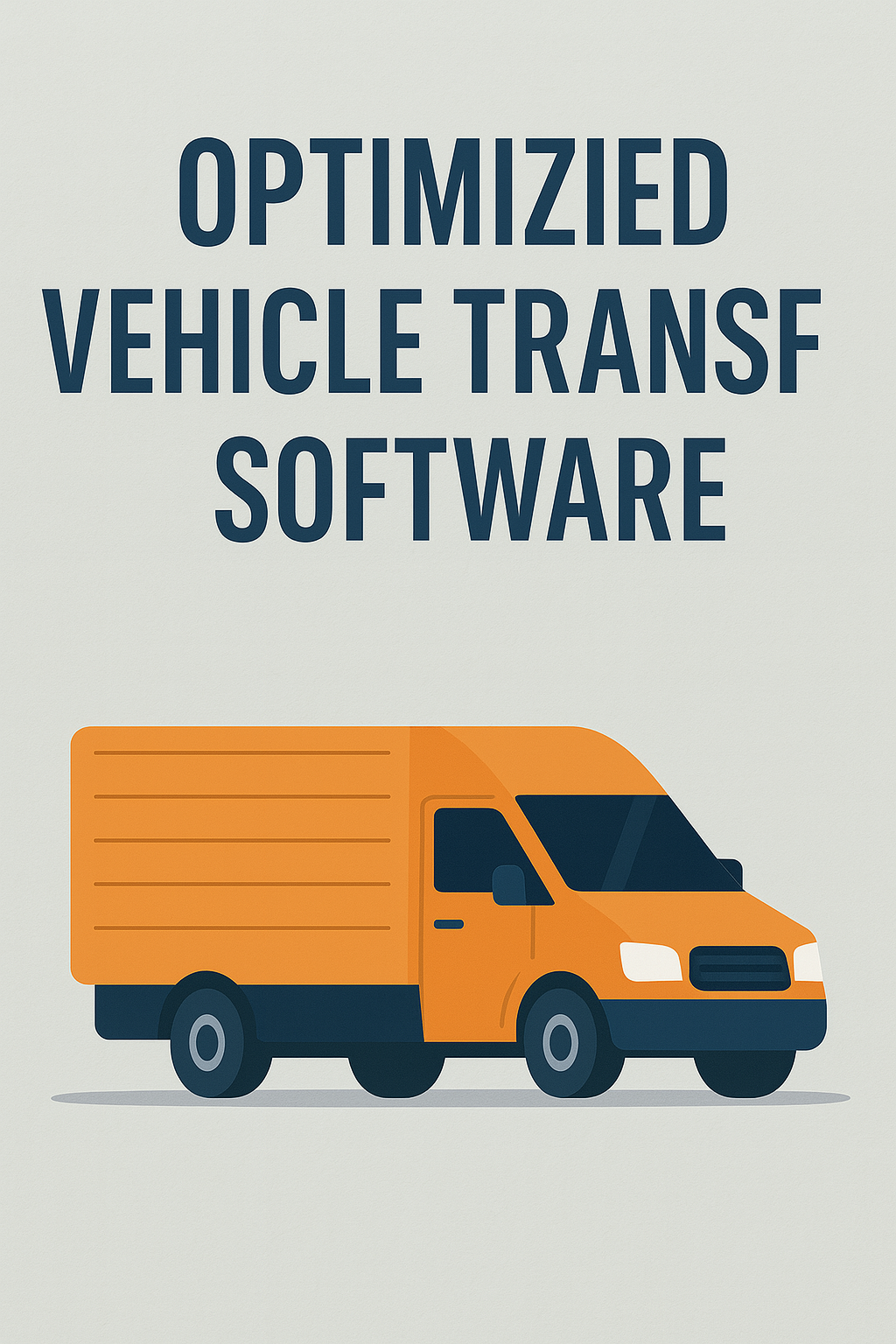Optimizing Vehicle Maintenance Schedules for Transfers
Running a transfer business—whether it’s airport shuttles, hotel pickups, or private group transportation—means every vehicle in your fleet must be ready when needed. A single breakdown can cause a ripple effect: missed rides, late arrivals, unhappy customers, and even long‑term damage to your reputation. The good news? With an optimized maintenance schedule, you can avoid most of these headaches.
In this article, we’ll explore how to build and manage effective maintenance routines that keep your vehicles in top shape, extend their lifespan, and help your business run smoothly.
Why Maintenance Matters for Transfer Businesses
Imagine an airport transfer scheduled for 5:30 AM. Your driver arrives, but the van won’t start. Instead of a smooth pickup, your client is left stranded and stressed, and you’re scrambling for a backup plan. That’s the exact scenario regular maintenance is designed to prevent.
For a transfer business, reliability is your brand. Passengers trust that you’ll get them from point A to point B on time. When vehicles are maintained proactively, you drastically reduce last‑minute surprises. Additionally, well‑maintained vehicles lower long‑term repair costs and help you avoid large, unexpected bills.
The Core of a Maintenance Schedule
A great maintenance schedule is not just a calendar—it’s a system. It combines time‑based tasks with mileage‑based triggers and integrates them into daily, weekly, and monthly routines.
Daily Checks
Before every shift, drivers or designated staff should:
- Check engine oil and coolant levels.
- Inspect tires for visible damage or low pressure.
- Test headlights, brake lights, and indicators.
- Ensure mirrors, windows, and wipers are clean and functional.
These quick inspections catch issues before they become problems.
Weekly Routines
Once a week, go a little deeper:
- Inspect tire tread depth and rotate if necessary.
- Check brake fluid levels and look for leaks.
- Clean and sanitize interiors, especially high‑touch areas.
- Examine the body for minor damage that might worsen over time.
Monthly and Mileage-Based Servicing
Depending on usage, follow manufacturer guidelines:
- Oil and filter changes.
- Transmission and brake system inspections.
- Alignment and suspension checks.
- Air-conditioning performance tests, particularly before seasonal shifts.
Key Areas to Focus On
When you think of maintenance, it’s easy to picture just the engine. But transfer vehicles need a holistic approach:
Engine and Transmission Care
Your vehicles are often in stop‑and‑go traffic, idling in front of hotels or airports. Regular oil changes and transmission fluid checks prevent costly breakdowns and keep engines running smoothly.
Brake System and Tire Health
For safety and comfort, brakes and tires are non‑negotiable. Regular pad replacements, rotor inspections, and proper tire rotations mean smoother rides and fewer accidents.
Interior Cleanliness and Passenger Comfort
Maintenance isn’t only mechanical. A dusty dashboard, worn seats, or broken seatbelts affect customer perception. Keeping interiors pristine shows professionalism and care.
Air-Conditioning and Seasonal Adjustments
Transfers run in all weather conditions. A poorly functioning A/C or heating system can ruin the passenger experience. Schedule seasonal checks to ensure comfort year‑round.
Using Maintenance Logs and Tracking Tools
One of the most effective ways to optimize is to track everything. Forget sticky notes and mental reminders—modern tools make it easy.
- Digital Maintenance Logs: Apps like Fleetio, Whip Around, or even spreadsheets help you log inspections, upcoming services, and repair histories.
- Fleet Management Software: Solutions like TransferVista don’t just handle bookings and dispatch; they also let you set reminders for maintenance based on mileage or dates.
- Automated Alerts: Many systems can send notifications to your email or phone when a service is due.
This level of tracking means you’re not relying on memory—your system handles the planning.
Building a Preventive Maintenance Culture
It’s not enough to have a schedule; your team must embrace it. Create a culture where maintenance isn’t seen as an annoyance but as a cornerstone of success.
- Train Drivers: Teach them to do daily checks and report any issues immediately. A driver noticing a strange noise early can save you thousands later.
- Clear Reporting Procedures: Whether through an app or a simple form, make it easy for drivers to flag problems.
- Celebrate Preventive Wins: When you catch a small issue before it becomes a big one, acknowledge it. This encourages everyone to stay proactive.
Cost and Time Savings from Optimized Schedules
A well‑optimized maintenance plan doesn’t just prevent headaches—it saves money:
- Reduced Downtime: Fewer unexpected breakdowns mean more trips completed and less revenue lost.
- Lower Repair Bills: Catching issues early often means cheaper fixes.
- Extended Vehicle Lifespan: Vehicles last longer and retain better resale value when well cared for.
For example, a transfer company that implemented a strict maintenance plan reported a 30% drop in emergency repairs within a year. That meant thousands saved and happier clients.
Case Study: A Transfer Company in Action
Let’s take a look at a mid‑sized transfer business that operates 12 vans and minibuses in a busy tourist city.
Before optimizing:
- Frequent late pickups due to mechanical issues.
- Complaints about A/C and cleanliness.
- High repair bills and last‑minute cancellations.
After implementing a structured maintenance schedule with digital tracking:
- 95% reduction in missed rides.
- A predictable rotation of services, preventing big surprises.
- Higher driver satisfaction because vehicles were more reliable.
- Customers began leaving glowing reviews about punctuality and comfort.
Action Plan for Transfer Operators
Ready to implement? Here’s a quick action checklist:
| Step | What to Do | Why It Helps |
|---|---|---|
| 1 | Audit current maintenance routines | Identify gaps and overdue services |
| 2 | Set up a digital tracking tool | Keep everything organized |
| 3 | Train drivers on daily checks | Catch small issues early |
| 4 | Create weekly and monthly task lists | Build habits and accountability |
| 5 | Schedule seasonal reviews | Prepare for weather‑related challenges |
These steps can be rolled out within a week and start paying off immediately.
Turning Maintenance into a Competitive Advantage
Your transfer business isn’t just about vehicles; it’s about promises kept. Every smooth ride and on‑time arrival builds trust and repeat business. Optimizing your maintenance schedule is a simple yet powerful way to stand out in a crowded market.
Instead of viewing maintenance as an expense, see it as an investment—one that reduces stress, saves money, and keeps your clients smiling. With the right systems and mindset, your vehicles will always be ready to roll, and your business will thrive.


